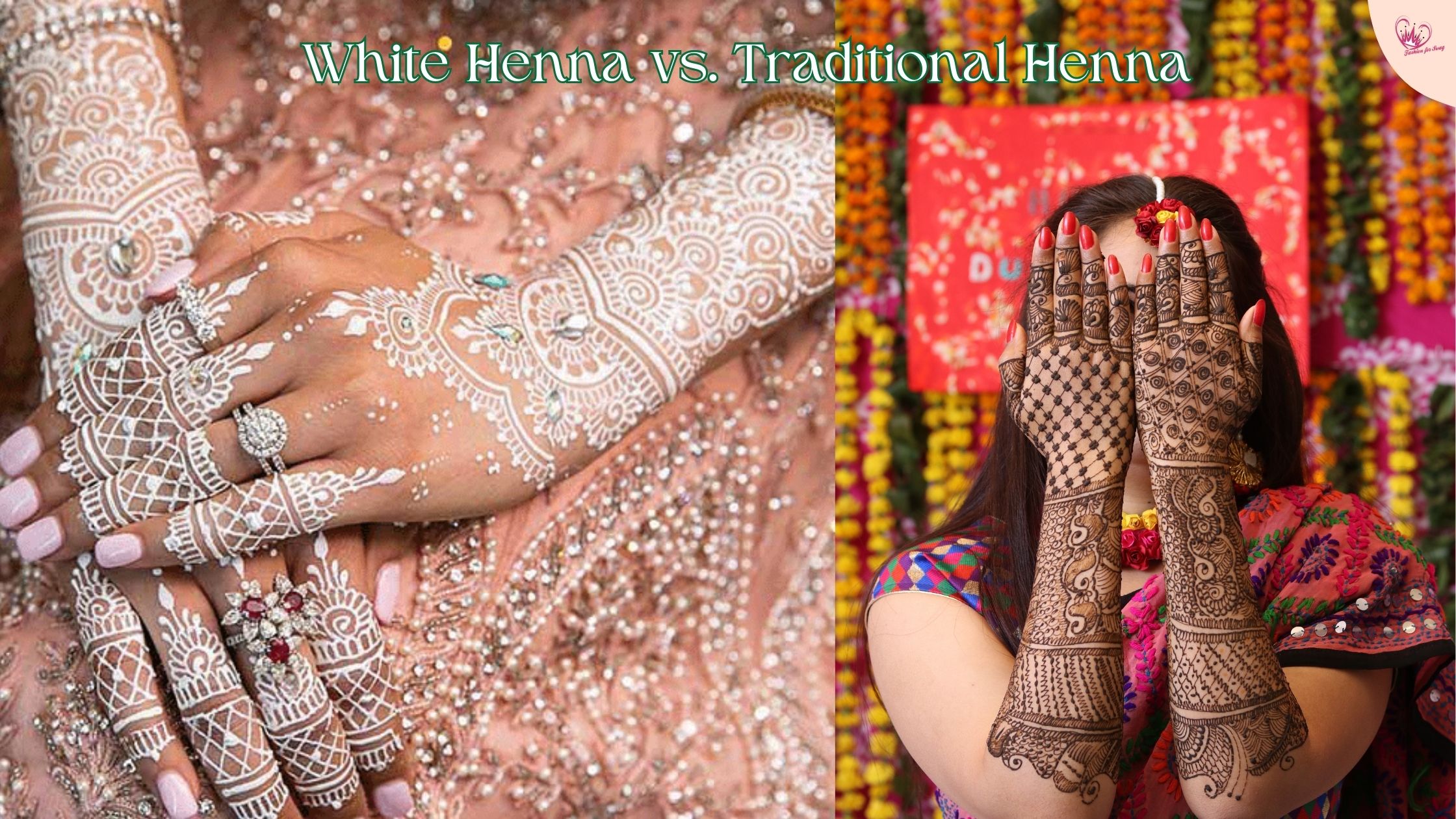
Fashion Photography: Style and Glamour
Fashion photography is a genre of art that combines glamour, style, and originality to capture the spirit of beauty and fashion. It’s a form of visual storytelling that does more than just display apparel; it also expresses emotions, tells tales, and honors the creativity of design and photography. This thorough book will delve into the fascinating world of super fashion photography, covering everything from its history and methods to its creative process and function in the fashion industry.
The History of Fashion Photography
Beginning in the late 19th century, fashion photography has a long and illustrious history. In the beginning, it was mostly used to advertise clothing and accessories in magazines and newspapers. However, with its distinct vision and style, it swiftly developed into an art form. Here are some significant turning points in the development of fashion photography:
Early Pioneers:
Adolphe Braun – a French photographer who is renowned for his exquisite fashion photos and is regarded as one of the first fashion photographers.
Edward Steichen – His work for Vogue magazine at the turn of the 20th century contributed to fashion photography’s renown as a fine art.
Cecil Beaton – Beaton was a celebrated fashion photographer whose work was featured in Harper’s Bazaar and Vogue.
Mid-20th Century:
Richard Avedon – a well-known fashion photographer who advanced the field with his inventive and energetic style.
Irving Penn – Penn, who is most known for his classic fashion pictures, frequently used dramatic settings and simple lines in his work.
Modern Era:
Helmut Newton – In the 1970s, his aggressive and daring fashion photography questioned conventional ideas of sexuality and beauty.
Annie Leibovitz – a modern photographer renowned for her artistic and narrative approach to fashion photography, which successfully captures both the subject’s attire and personality.
Techniques and Creative Process
Fashion photography is more than merely focusing on a model wearing fashionable attire. It calls for the cooperation of a team of specialists as well as a blend of technical proficiency, creative vision, and creativity. Here are some essential methods and procedures for fashion photography:
Conceptualization:
Every fashion picture shoot starts with an idea or concept. The mood, styling, and overall direction of the shoot are determined by this concept. It could be motivated by a theme, a line of clothing, or a particular place.
Styling:
Fashion stylists are essential in choosing attire, accessories, and props that complement the theme of the photo session. They make sure that every element, including the choice of clothes, hairstyle, and cosmetics, adds to the intended appearance.
Location and Lighting:
The ambiance of the photo shoot is greatly influenced by the location and lighting choices. The setting should support the concept, whether it is a studio, a city street, or a natural setting.
Posing and Expression:
Through their stances and gestures, fashion models are adept at expressing attitudes and feelings. They are guided by the photographer to get the ideal mood and aesthetic for each shot.
Composition and Framing:
In fashion photography, composition matters a lot. To produce aesthetically arresting photos, photographers carefully consider variables like framing, angles, and negative space.
Post-Processing:
Post-processing is essential for editing and retouching the photos after the photo shoot. In this process, color is adjusted, flaws are fixed, and the final appearance is adjusted.
Fashion Photography and the Fashion Industry
The fashion industry wouldn’t exist without fashion photography. It performs a number of crucial duties:
1. Advertising and Marketing:
Photography is used by fashion firms to advertise their goods in publications, catalogs, websites, and social media. For brands to stand out and draw in customers, high-quality photographs are crucial.
2. Editorial:
In order to produce editorial content that is aesthetically appealing, fashion magazines rely on photography. These picture assignments frequently push the limits of creativity and establish trends for the business.
3. Runway Documentation:
At fashion shows, fashion photographers are present to capture the newest collections and runway demonstrations. Designers and fashion fans can analyze and admire the designs with the aid of their photos.
4. E-commerce:
For e-commerce platforms in the age of online buying, high-quality photographs are essential. Customers may view and assess things before making a purchase thanks to fashion photography.
Contemporary Trends in Fashion Photography
Fashion photography is still developing and adopting new styles and methods. Some of the most recent inventions and trends are:
1. Inclusivity:
Fashion photography is growing more varied, with models of various ages, sizes, and backgrounds. This demonstrates an increasing dedication to diversity and representation.
2. Sustainability:
Fashion companies are utilizing more environmentally conscious and sustainable shooting techniques. This includes using ecologically friendly photography equipment and ethical clothes procurement.
3. Digital Influencers:
Influencers in the fashion industry have emerged thanks to social media. Influencers and fashion photographers work together to produce relatable and authentic content.
4. Storytelling:
Fashion photo shoots frequently create a visual narrative that draws viewers in beyond the clothes. In contemporary fashion photography, narrative components and inventive storytelling strategies are more common.
Conclusion
Fashion photography is a vibrant and always changing industry that honors creativity, fashion, and aesthetics. It has come a long way from its early days in advertising to its current position in influencing fashion trends and identities. Fashion photography still pushes boundaries, values diversity, and uses images to convey compelling tales today. Through the use of art and style, it continues to be a crucial component of the fashion business, connecting designers, companies, and customers.
Also Read – Best Selfie Poses for All



